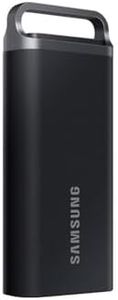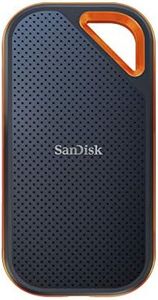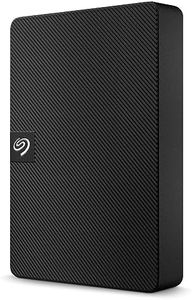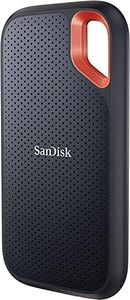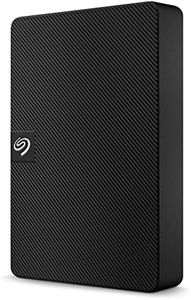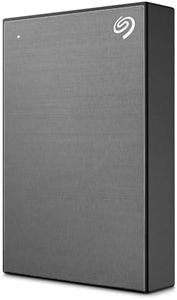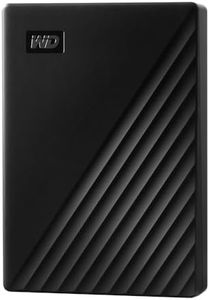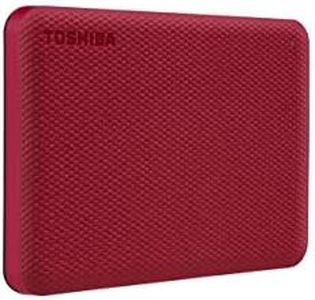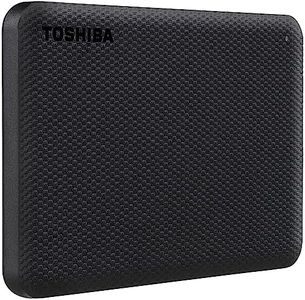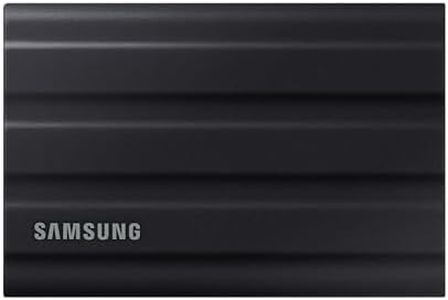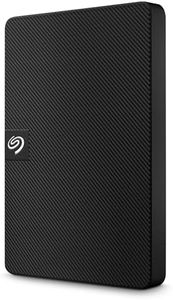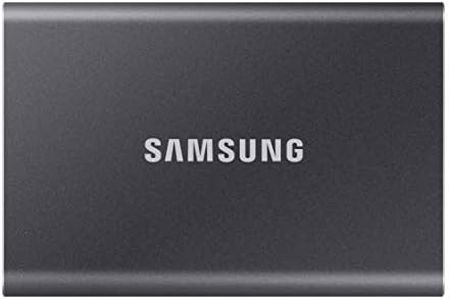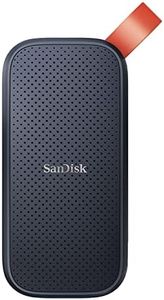We Use CookiesWe use cookies to enhance the security, performance,
functionality and for analytical and promotional activities. By continuing to browse this site you
are agreeing to our privacy policy
10 Best External Hard Drives For Photo
From leading brands and best sellers available on the web.By clicking on a link to a third party's website, log data is shared with that third party.
Buying Guide for the Best External Hard Drives For Photo
Choosing the right external hard drive for storing photos is all about finding a balance between storage capacity, speed, portability, and reliability to suit your needs. Your choice should be guided by how many photos you plan to store, whether you'll be moving the drive around, and if you need to access your photos quickly. It's important to consider how often you'll be backing up, the types of devices you'll connect to, and how you plan to organize your photo library.Storage CapacityStorage capacity refers to how much data the external hard drive can hold, usually measured in gigabytes (GB) or terabytes (TB). This is crucial because photos, especially high-resolution or RAW images, can take up a lot of space. Lower capacities (500GB-1TB) are suitable for casual users with small to medium photo collections. Mid-range (2TB-4TB) is excellent for hobbyists or those who also store some video. Higher capacities (5TB and above) are meant for professional photographers or anyone needing to archive large libraries over many years. Think about both your current library size and what you'll need in the next few years.
Drive Type (HDD vs SSD)External hard drives come in two main types: Hard Disk Drives (HDD) and Solid State Drives (SSD). HDDs use spinning disks and are generally more affordable for large capacities but are bulkier and slower. SSDs have no moving parts, making them faster, lighter, more durable, and quieter, but they’re pricier per GB. If you need portability and speed (like editing directly from the drive or frequent travel), SSDs are ideal. If you're archiving and prioritizing storage size over speed, HDDs are a good fit.
Connection InterfaceThe connection interface describes how the drive connects to your computer, with common options being USB-A, USB-C, and Thunderbolt. The newer USB-C and Thunderbolt ports offer faster data transfers, which matters if you regularly move large photo files. USB-A is more universal but slower. Choose an interface compatible with your main device; adapters exist, but native connections are better for speed and reliability.
Portability and DurabilityPortability isn't just about size and weight—it's also about how strong the drive is. Some drives are slim and light, making them easy to carry in a camera bag. Durability comes from features like rugged casings, water resistance, and shockproof designs, which are important if you often travel or shoot outdoors. If your drive will mostly sit on your desk, size and ruggedness are less critical, but if you’re always on the go, look for compact and rugged models.
Drive SpeedDrive speed tells you how fast you can read or write data to the external drive. This is measured in megabytes per second (MB/s). SSDs are faster than HDDs, but even among SSDs and HDDs, speeds vary. Lower speeds (up to 120 MB/s) are fine for simple storage and backup. Mid-range speeds (120-400 MB/s) handle large photo libraries and light editing well. High speeds (above 400 MB/s, common in SSDs) are important if you want to work directly from the drive or regularly transfer very large batches of RAW images.
Power SourceSome external hard drives are powered solely through the USB (bus-powered), while others require a separate power adapter. Bus-powered drives are more portable and easier to use on the go. Drives with external power are typically bigger and sometimes more reliable for long and heavy use, but they’re less convenient if you move around a lot. Match your choice to how and where you’ll use your drive most.
